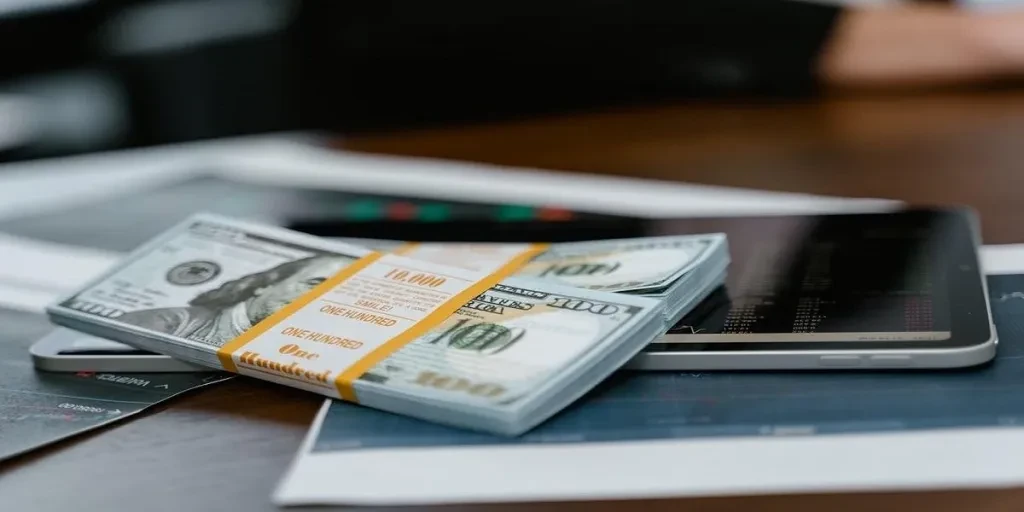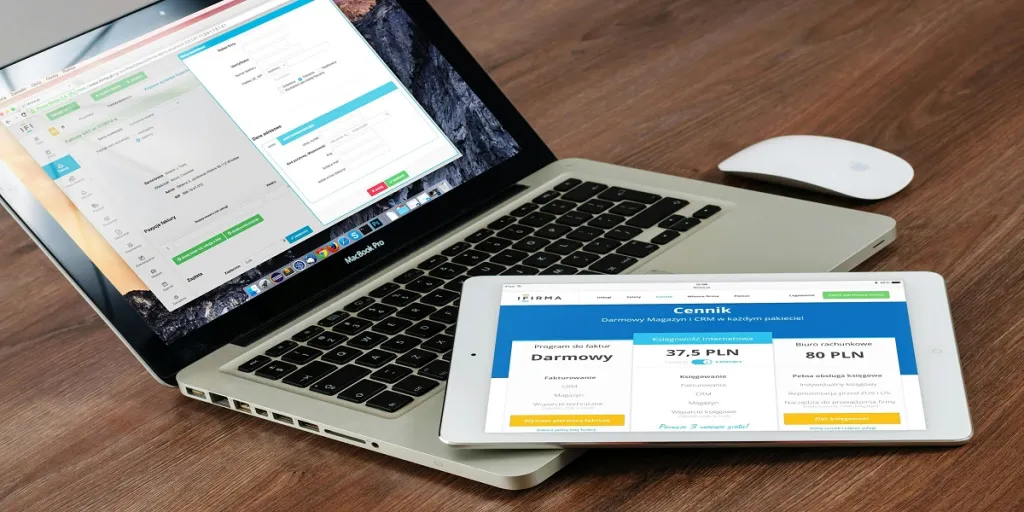Just as our initial burst of motivation to be healthier and more productive at the beginning of the year declines sharply in the months following, the same can happen in the initial stages of starting a business. Fortunately, there are some simple solutions to help stay on track, namely, by breaking our goals into actionable steps. In the business world, this is known as a price skimming strategy, which can help a company to generate impactful results from the outset.
In this article, we’ll cover what exactly a price skimming strategy is, its pros and cons, and how you can make it work for your business.
Table of Contents
1. What is a price skimming strategy?
2. How price skimming works
3. Pros and cons of price skimming strategies
4. Using a top-down approach
What is a price skimming strategy?

To put it simply, a price skimming strategy prioritizes “profit first” over the traditional “market share” or penetration pricing method, capturing maximum revenue from early adopters willing to place a premium on becoming the first to own a product or service.
This strategy can be particularly effective when applied to innovative or high-demand products or brands, especially those with a premium price point. The process gets its name from the idea of skimming cream from milk, where the former is akin to the initial value of the product and “skimming” extracts the topmost revenue from initial buyers.
In short, price skimming is a dynamic, multi-layer pricing model that helps maximize short-term gains before prices are gradually reduced to appeal to broader market segments.
How price skimming works
The price skimming process

Price skimming can consist of various distinct phases. Let’s take a closer look at what they are and their intended goals below:
- Initial high pricing: Product launches at a premium to capture customers willing to pay more for exclusive or first-mover access
- Fast cost recovery: Swiftly recoup initial investments through early, high-margin sales
- Gradual reduction: Lower prices gradually to expand reach to subsequent, more price-conscious customer segments
- Multi-tier pricing: Set multiple price tiers for different buyer groups, maximizing total revenue across the different product life cycle levels
- Dynamic pricing tool: Leverage dynamic pricing tools that allow quick pricing adjustments in line with market signals, competitor moves, or demand fluctuations
- Standardized pricing: Enforce uniform advertised prices across different retail sales channels to ensure no one undercuts the premium or intermediate price points
- Market monitoring: Conduct close monitoring of the market to prevent unintended delays in price cuts, which could result in competitors undercutting prices
- Product iteration refresh: Release new models or initiate a new product cycle to reinitiate the price skimming process to sustain market interests
Practical examples of price skimming

One of the most cited real-world examples of price skimming is Apple’s annual iPhone launch event, where new models debut at premium prices, targeting loyal customers globally. These customers continue to make headlines for their overnight queues, all in hopes of being the first to get their hands on the latest iPhone models. Afterward, Apple gradually lowers prices prior to newer models arriving.
Most price skimming is undertaken by high-end tech and consumer goods, such as smartphone brands, gaming consoles, cars, and even fashion labels.
The key takeaway is that these industries often feature innovative product launches and cutting-edge designs that enthrall their loyal fans. They also tend to be renowned for their innovation or exclusivity, leveraging their branding to earn high profits early on.
Pros and cons of price skimming strategies
Advantages of price skimming strategies
Profit-driven gains

The most obvious and direct advantages of price skimming relate to financially driven gains and a much higher profit margin from a product’s launch.
What’s more, not only do these higher margins signify a more rapid recovery of production and introductory costs, but also a higher early return on investment (ROI). Companies can therefore expect to recoup various related initial expenditures much faster, including any marketing, research, and development costs involved.
In addition, perhaps the biggest advantage is how these financial gains benefit not just the manufacturer but also the entire vertical supply chain network, covering wholesalers and retailers as well. This means distributors can also enjoy improved margins, since higher prices set by the producer also mean a higher markup potential.
Market adaptability

A practical advantage of a price skimming strategy is its ability to shape and refine subsequent pricing and product improvements as well as future product launches. This comes from the fact that an initial premium price structure usually attracts the most loyal customers, equipping businesses with critical market data that can be leveraged during future products and experience refinements.
This invaluable feedback also showcases a price skimming strategy’s market adaptability, as it works as both a word-of-mouth influence and provides insights to the company as to how to improve and recalibrate its products or services.
Strategic positioning

Another noteworthy aspect of price skimming is its provision of a self-reinforcing cycle, where a brand’s image or perceived quality acts as both a foundation and a result of price skimming. This interplay is particularly pronounced for companies that are already a famous or prestigious brand.
An existing brand image makes it far easier to launch products at elevated prices, and subsequently, further solidifies its premium status. This reciprocal relationship accentuates the perception of exclusivity.
The true power of such prestigious exclusivity and high-quality perception is reflected in the freedom that premium-brand businesses enjoy and leverage regarding market positioning. By making price skimming an integral part of their pricing framework, these brands establish a broader, more flexible pricing plan that further strengthens the brand’s elite positioning.
Disadvantages of price skimming strategies
Customer-related pitfalls
First and foremost, customer perception has the ability to make or break price skimming since a price-value justification is deemed essential to convince buyers to purchase. If this justification does not exist, then customers are likely to do the opposite – reject your product at the outset.Price skimming may also alienate previous premium pricing supporters. Both a perceived, rapid reduction in price, as well as timing, are key elements that can influence future support and affect brand loyalty.
Once buyers become aware of this strategy, they may have a lower inclination to buy, or delay purchase in order to wait for a reduced price.
Competition challenges

Another clear-cut disadvantage of price skimming is related to its effectiveness and sustainability, especially due to competition challenges. For example, higher prices tend to attract more competitors in the same product domain, eventually driving down prices and making the strategy unsustainable.
In an already crowded market, a high initial price may scare off potential buyers as they are well-acquainted with the product offers. They also tend to be more price-sensitive.
This competition may eventually affect the efficiency of a product’s launch, with the business potentially forced to act according to market dynamics instead. This makes it harder for them to sustain a high price for longer periods of time since customers may leave them for their competitors. Yet if they opt to lower prices too soon, they may end up alienating early buyers, posing a potential threat to the future sustainability of such a strategy.
Operational efficiency risks

The last disadvantage centers around internal drawbacks. The first is the potential loss in terms of sales volume, since higher prices often also mean a smaller customer base unwilling to pay higher prices. Essentially, overall sales might be too small to benefit from large-scale production efficiencies, thereby limiting the cost advantages of mass production.
Another issue that’s often overlooked is what happens to the unsold stock if a skimming strategy fails to attract enough buyers at the higher (or even subsequently lower) prices. In this scenario, the company might end up left with a significant batch of unsold products.
Using a top-down approach

Price skimming is a type of top-down pricing approach that offers higher prices at product launch to maximize profits, before lowering them later on. This strategy is therefore the opposite of the conventional lower penetration price strategy that is more market share-oriented.
The advantages of price skimming include profit-driven benefits such as high-profit margins and rapid recovery for initial costs, as well as market adaptability, strategic market segmentation, and pricing flexibility. Meanwhile, the disadvantages of such a strategy include customer-related issues, competition challenges, and operational efficiency risks, which are all essentially interconnected.
For more practical tips on various pricing and marketing strategies, visit Alibaba.com Reads.




